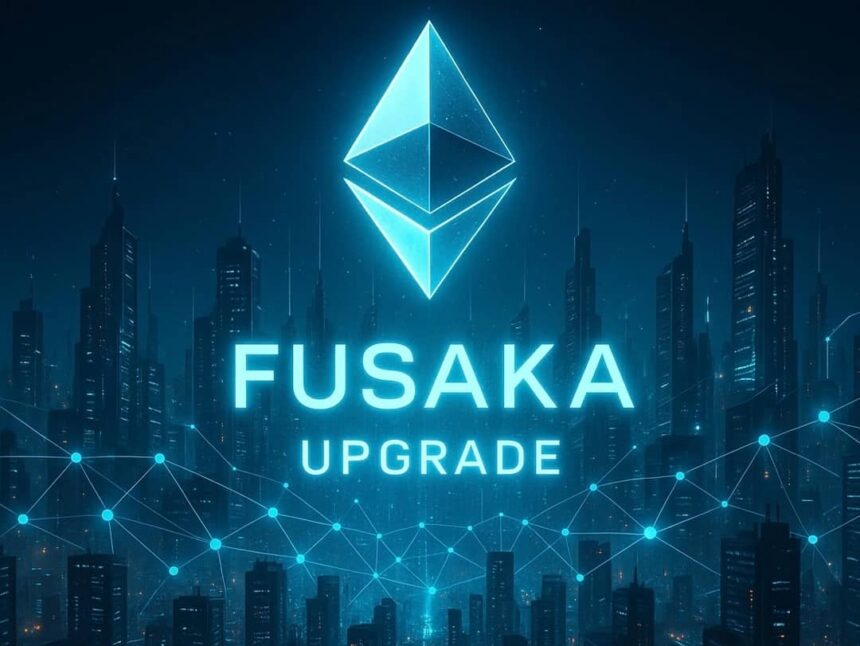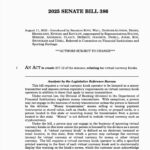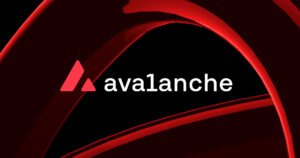Ethereum Fusaka Upgrade Nears Mainnet Launch After Holesky Test
Background: Fusaka Hard Fork Passes Holesky Test
The Ethereum Fusaka upgrade moved closer to deployment on the main blockchain after successfully running on the Holesky test network early Wednesday, as reported by CoinDesk. The Fusaka hard fork aims to reduce transaction costs for institutional users by introducing features designed to improve efficiency. Chief among these is PeerDAS, allowing validators to check parts of blockchain data rather than complete data blobs. This new mechanism is expected to lower costs for validators and for projects building on layer-2 networks.
Significance of Holesky and Testnet Milestones
Ethereum test networks such as Holesky are crucial environments where developers trial new code before any mainnet rollout. Launched in 2023, Holesky has played an important role by closely mirroring the validator structure of Ethereum’s mainnet. However, Holesky has faced increasing performance and reliability issues in recent months. According to CoinDesk, the Fusaka deployment represents the final upgrade for Holesky, which is scheduled to shut down two weeks after Fusaka launches on the mainnet.
The successful Holesky test is a pivotal milestone. As noted by Ethereum Foundation DevOps engineer Parithosh Jayanthi, “Holesky finalized! A great first step towards Fusaka on mainnet and to more blobs on Ethereum,” via a statement posted on X (formerly Twitter).
Outlook: Next Steps Toward Ethereum Mainnet Launch
Following the encouraging Holesky trial, Ethereum developers have organized two more testnet runs for the Fusaka upgrade, scheduled for October 14 and October 28. Upon completing these further tests, a firm date for the Fusaka mainnet launch is expected to be announced. This gradual approach ensures maximum security and stability before any changes are introduced to Ethereum’s live blockchain.
Fusaka follows the major Pectra upgrade from earlier in the year, reflecting Ethereum’s commitment to continuous improvement and reduced operational costs for high-volume users. The transition is being closely watched by institutional participants and developers, as PeerDAS and other features could considerably enhance Ethereum’s scalability and cost-effectiveness.
For further updates on Ethereum’s protocol developments, visit Vizi: Cryptocurrency News.



















